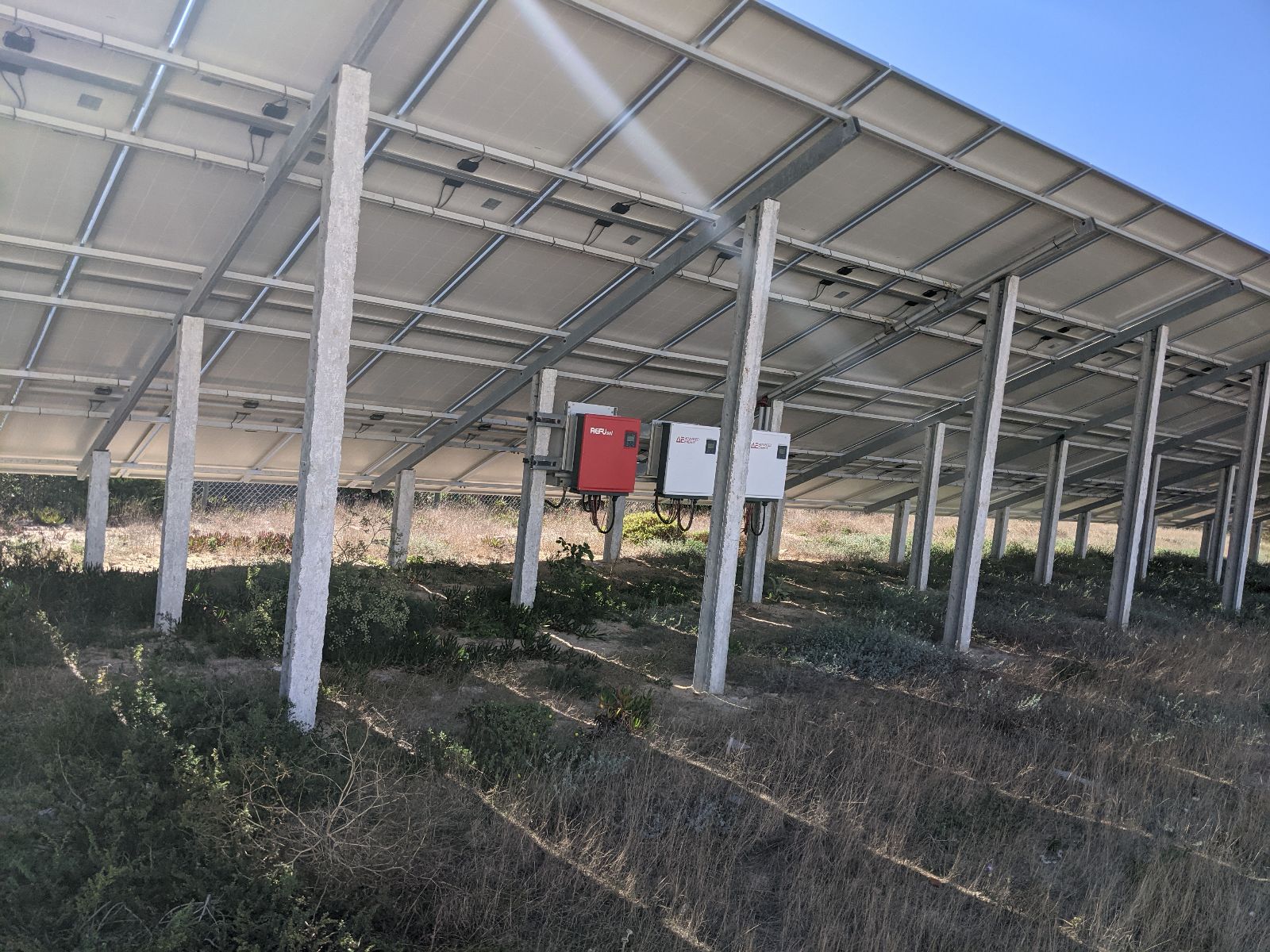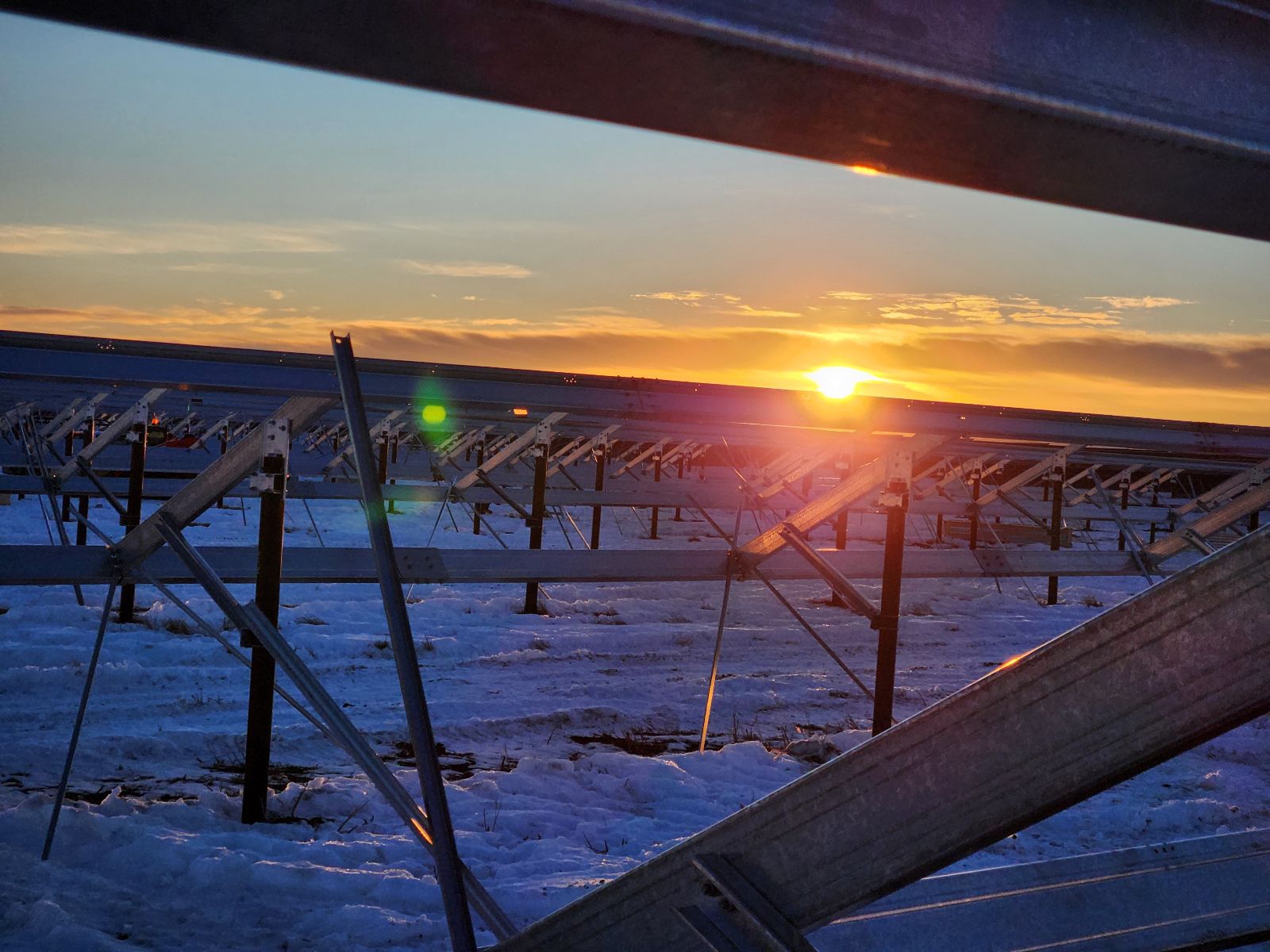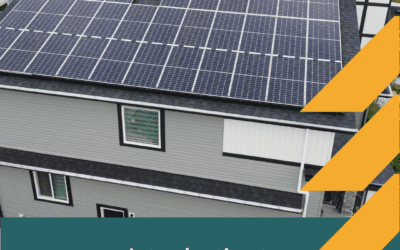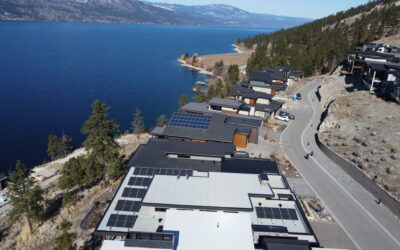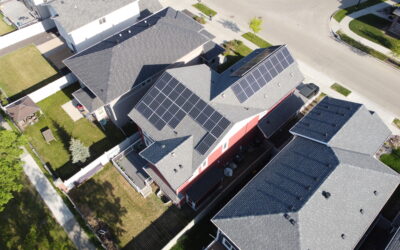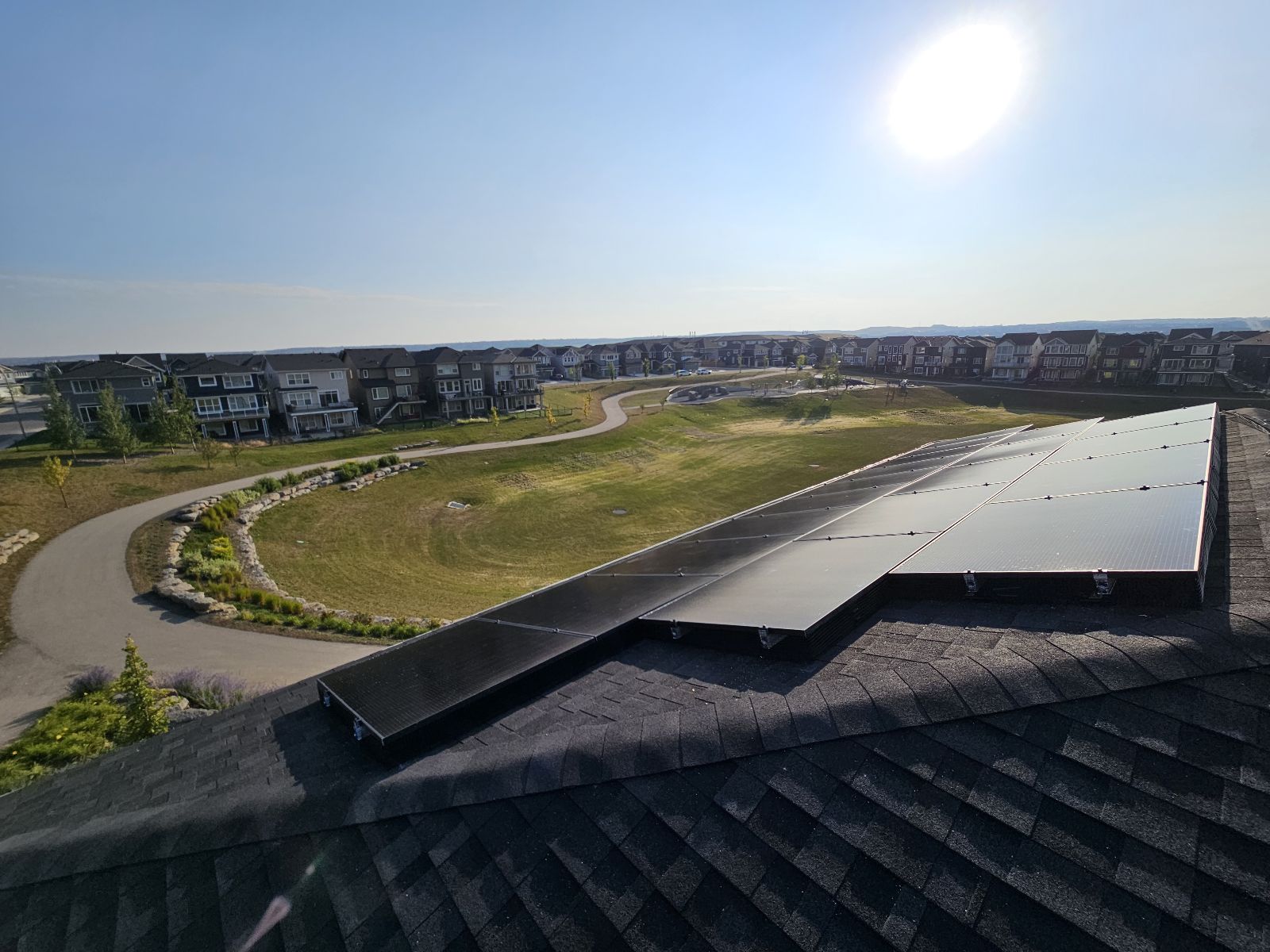
For many Albertans, the best strategy combines rate switching with solar power. By generating your own renewable energy and taking advantage of flexible rate plans, you can lower your bills, reduce your dependence on the grid, and stabilize costs throughout the year.
What is Rate Switching in Alberta?
- Regulated Rate Option (RRO): A government-regulated variable rate that changes monthly. Learn more on the Alberta Utilities Commission (AUC) website.
- Fixed or Floating Rate Plans from Retailers: Predictable fixed or floating rates that follow market trends. Details are available through the Government of Alberta’s Utility Consumer Advocate (UCA) page.
- Solar Club Programs (for solar households): Offered by select retailers, Solar Club is designed specifically for homeowners with solar systems. It provides two rate choices. In summer, when your system exports more electricity than you consume, you can select a higher export rate. In winter, when you rely more on grid power, you can switch to a lower import rate. This flexibility helps maximize the value of solar credits while keeping costs low throughout the year. The terms and periods of the program vary across providers, so research your options fully.
Note: Unlike British Columbia’s regulated system, rate switching in Alberta is possible because of the province’s deregulated electricity market.
Why Solar and Rate Switching Work Well Together
- Lower Dependence on Grid Electricity
Generating your own solar power reduces the amount of electricity you draw from the grid, helping to shield you from market fluctuations. - Stabilize Energy Costs Year-Round
By generating energy in high-production months and storing credits, you can offset seasonal spikes in winter while enjoying the predictability of fixed-rate plans. - Contribute to Sustainability Goals
Alberta’s grid relies heavily on fossil fuels. Adding solar ensures more of your household energy comes from clean, renewable sources while lowering your carbon footprint. - Maximize High-Production Months
Solar performs best in spring and summer, often producing more than your household requires. By pairing a rate switching or a Solar Club plan with peak solar months, you can build valuable credits that help lower bills in fall and winter.
How to Approach Rate Switching with Solar in Mind
Rate switching is not about finding one perfect plan. It’s about choosing the right rate at the right time to match how your household uses and produces electricity throughout the year. By understanding your seasonal patterns and aligning them with available rate options, you can maximize savings, make better use of your solar production, and keep your energy costs predictable.
- Review Your Current Plan and Bills
Look at your existing rate plan and monthly consumption. Identify when your household uses the most electricity and compare that to when your solar system produces the most. - Match Rates to the Seasons
Spring and summer are credit-building months. Switching to a Solar Club high-export rate or a higher fixed plan during peak production increases the value of those credits. In winter, when solar production is lower and consumption is higher, switching to a lower rate plan helps keep costs steady. - Revisit Regularly
Because Alberta’s market changes quickly, revisit your plan at least once or twice a year, especially before the winter or summer seasons.
This rhythm of building credits in high-production months and stretching them in lower-production months helps you get the most from both your solar system and Alberta’s flexible rate options.
Rate Switching in Action
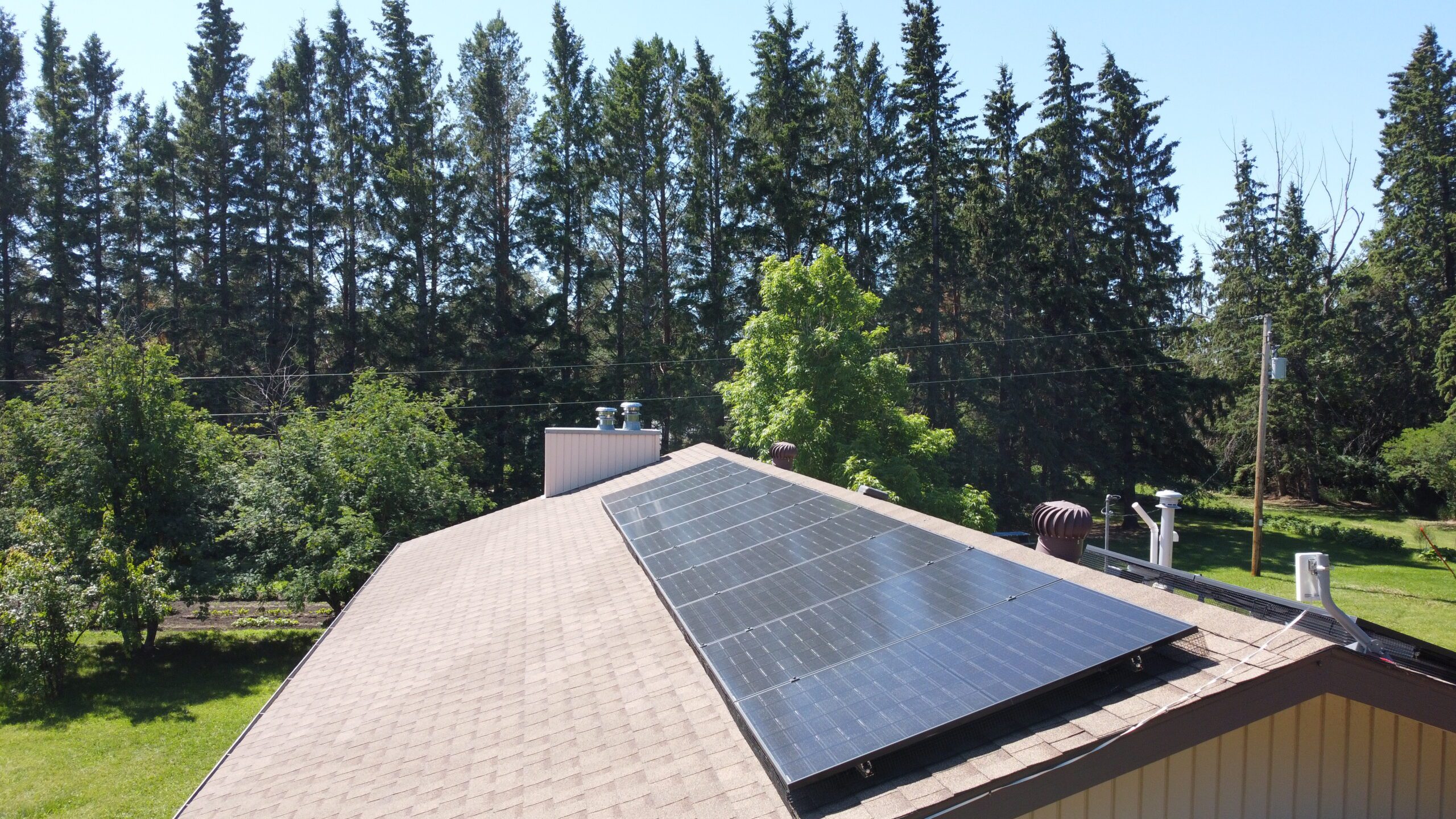
They chose an 8.1 kW DC system that produces approximately 9,400 kWh per year. In other words, their system can generate as much, or more, electricity than their household consumes annually.
Like many families, their consumption is higher in the colder months, around 850 kWh per month from November through February, and lower in summer, closer to 600 kWh in July. Solar production follows the opposite pattern. Most electricity is generated between March and September, with the highest output in June, July, and August.
This creates balance by building credits during summer surpluses, which then cover the gap in winter when consumption rises and solar production slows down.
- Spring (March to May): Solar production climbs while consumption is lower. A floating rate can keep costs down while credits begin to build.
- Summer (June to August): Solar output peaks and often exceeds the family’s needs. A higher fixed rate increases the value of exported energy, helping credits grow for winter.
- Fall (September to October): Solar production slows as consumption rises. This is a good time to review your plan and decide whether the RRO or a fixed rate is the better choice as you head into winter.
- Winter (November to February): Consumption is at its highest, often exceeding 800 kWh per month, while solar production is at its lowest. A lower fixed rate helps keep costs predictable while you rely on summer credits.
In simple terms, switch to a higher rate when your solar system is producing the most and building credits, then switch to a lower rate when you are drawing more power from the grid. This approach maximizes the value of both your solar investment and your electricity plan.
Take Control of Your Energy Future
Rate switching helps Albertans manage their electricity costs with greater control. When combined with solar and programs like Solar Club, it can stabilize expenses, reduce reliance on the grid, and lower environmental impact.
Ready to take control of your electricity costs? Connect with a SkyFire Solar Advisor to explore how solar and rate switching in Alberta can work together for your home. It is a simple first step toward a more affordable, sustainable, and reliable energy future.
Related Articles
Introduction to Solar (Information Session) April 4, 2023 at 7pm in Okotoks, AB
Join SkyFire Energy’s CEO, David Kelly, on Tuesday, April 4th in Okotoks for an informative evening about solar power options for your home and business. Presentation & Q&A.
Build Net Zero With Solar in the Okanagan
Net Zero homes and buildings are no longer a carbon reduction pipe dream and are now a completely attainable reality. British Columbia and the Government of Canada are both in the process of transitioning building codes and regulations to transition as many buildings as possible to net zero ready status by 2030 to 2032. Between increasing carbon taxation and eco friendly values, there is more reason than ever to invest in your home or business’ clean energy technology. Solar PV is now a critical tool for our communities to achieve a coveted net zero ready status, with the help of BC’s Step Code.
Install Solar on Your Home with a 10-Year Interest-Free Loan
The Canada Greener Homes Loan is now offering interest-free financing to eligible homeowners for their energy efficiency retrofits including solar! Find out how you can apply for this attractive loan to make your solar dreams a reality.
